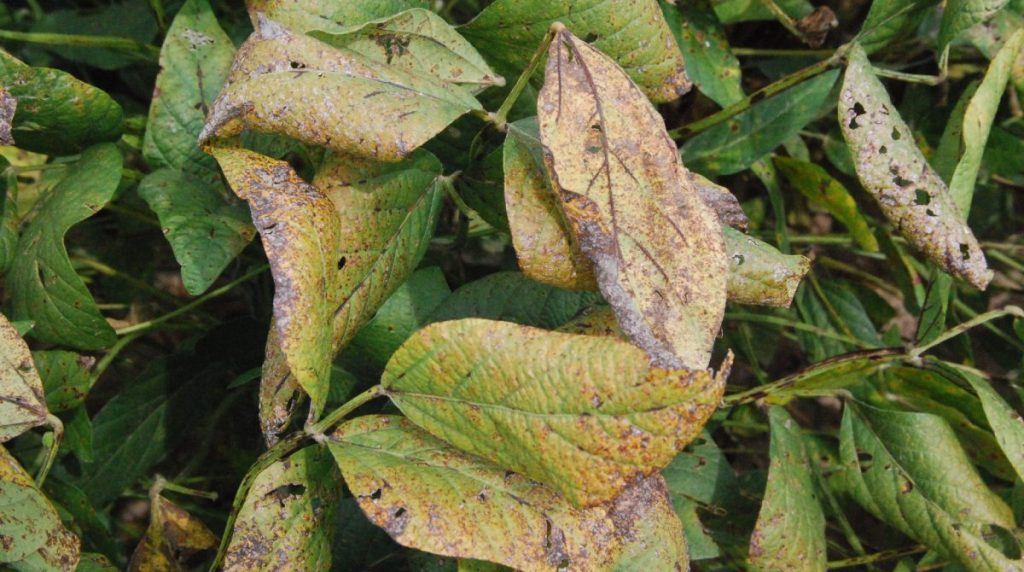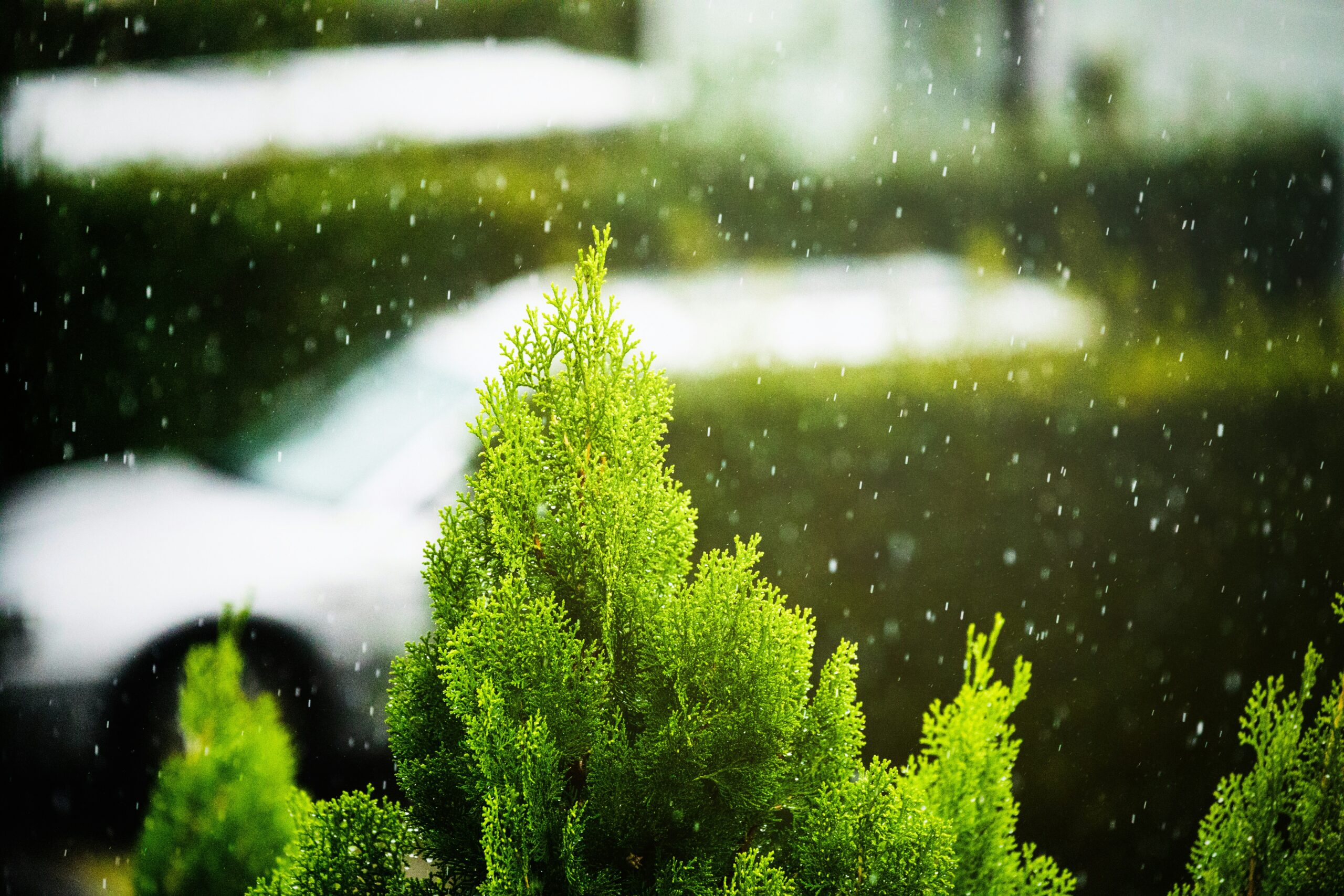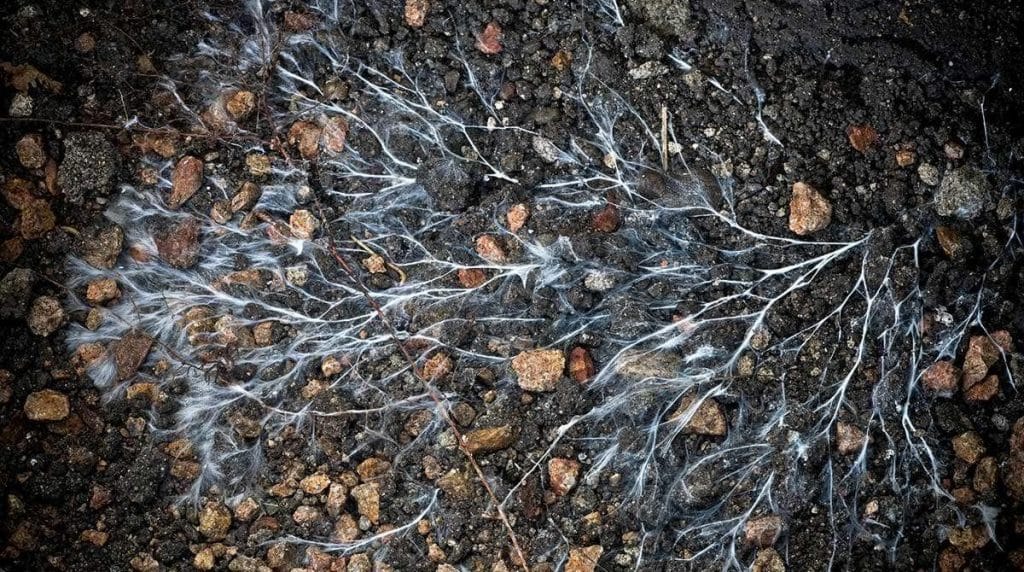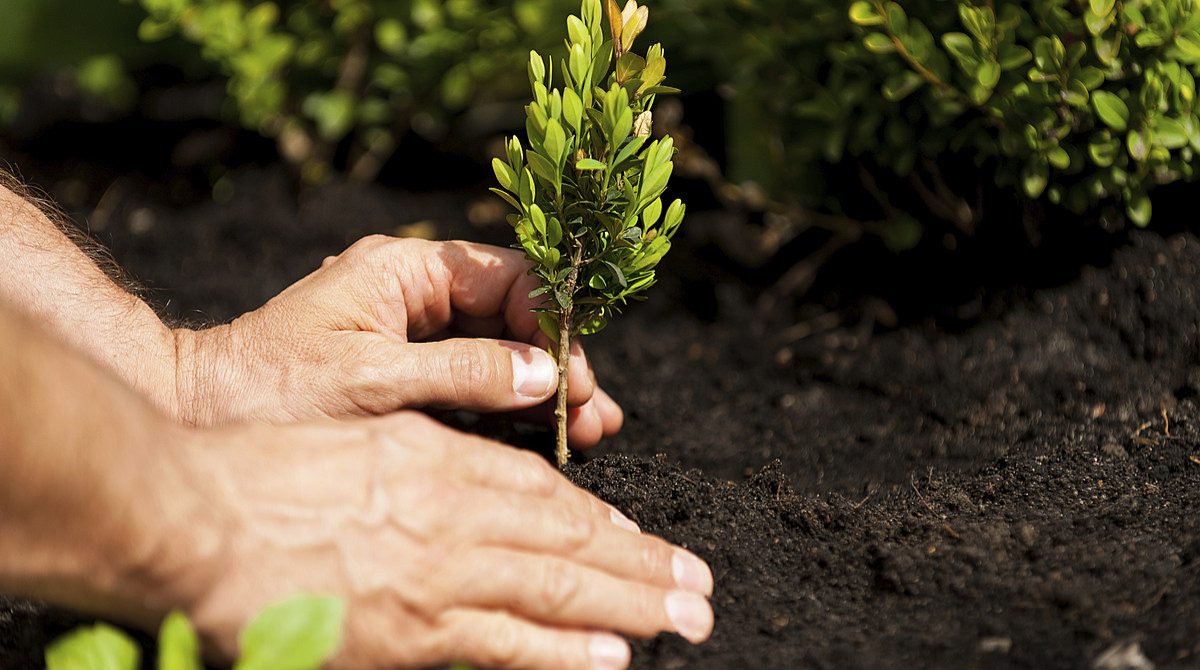
Date June 24, 2021
Category
Spring is the perfect time to inspect the trees on your property and assess their overall health. In your search, maybe you’ve noticed some prickly, conical sacs hanging from your evergreen trees. Those are most likely the cocoons of bagworm moths. Bagworms are a common problem in North Texas, and they make their homes in many different trees, although most commonly in evergreen trees. If you have questions about bagworms, we’ve got answers! Below is everything you need to know about these pesky pests.
Which trees do bagworms attack?
Bagworms infest a wide range of trees and shrubs, although they’re most known for invading evergreens. In North Texas, their preferred targets are Cedars, Junipers, Cypress, Oaks (especially Live Oaks), Maples, Elms, Locusts, Pines, Sumacs, Sycamores, and fruit and nut trees. However, they can also be found in other ornamental trees, shrubs, or plants.
Understanding the bagworm life cycle
“Bagworm” is a term used to describe a few different species of caterpillars that turn into moths. The first thing you’ll likely notice when looking for these pests is their sealed bags, which can be up to two inches long and half an inch wide. These bags are made of silk, but their appearance varies because the bagworms weave bits and pieces of the host tree into the silk, which gives the sacs a shingled, conical look. After overwintering in an egg sac created by a female bagworm, caterpillars emerge in late May to early June. At only 1/25 inches long, these tiny caterpillars lower themselves to new foliage, where they each build their little conical bags. They carry these bags with them as they move, and as they grow and molt, they enlarge their bag. By August or September, the full-grown caterpillars are about one inch long. They wrap in their bags for seven to ten days, and the males emerge as moths with long transparent wings, furry black bodies, and feathery antennae. They fly off to find females, which remain in the bags as flightless worms that resemble maggots. After mating, the females produce 500-1000 eggs and die, starting the cycle repeatedly.
Bagworms vs. webworms
It’s common for people to confuse bagworms and webworms. Although the worms themselves and the nests they make are very different, the terminology sometimes gets mix-matched. Webworms make large silky nests that resemble messy spider webs. These webs can get so large they envelope entire branches. You might find webworms on your Oak, Elm, or Maple trees, but they tend to prefer trees that produce fruit, like Pecans.
Other symptoms to look for
Aside from seeing the cocoons hanging from your tree’s branches, there are a few other symptoms you might notice that indicate bagworms have infested your tree and your tree needs intervention. Bagworms have chewing mouthparts with which they may remove the outer layer of your tree’s leaves, creating visible signs of damage. More giant caterpillars might even strip away all tissues except for significant leaf veins. Sometimes the infestation will go unnoticed until severe defoliation has occurred or a large number of bags on a tree. If that’s the case, you should call a certified arborist immediately to assess your tree and determine a comprehensive and customized tree health care plan to rid your tree of these pests and nurse it back to total health.
What are the options for bagworm control?
Choosing the best bagworm treatment usually depends on the season and stage of the infestation. A certified arborist can assess your tree and determine the best control method based on the type of tree, the kind of bagworm, and the current stage of the bagworm life cycle. Usually, the most straightforward way to control bagworms is to remove the sacs by hand or knock them down with a high-pressure blast of water. If you choose to knock them down, keep in mind that you’ll need to gather and dispose of the bags carefully. There are natural insecticides available that can be used to control bagworms. Pesticides need to be applied correctly and promptly (during certain times of the year, insecticides are entirely ineffective for bagworm treatment, depending on the type of bagworm and the life cycle stage), so talk with a tree care professional choose to go that route. You might also consider setting out Trichogramma wasps, which lay eggs inside the young caterpillars and eat them when they hatch. Otherwise, the eggs can still hatch and reinfest the tree in the spring.
Are bagworms harmful if left alone?
Because the females don’t fly, they continue to infest the same host tree year after year, so the infestation will continue to grow and become more severe if left untreated. If significant defoliation occurs, it could kill your tree. Evergreens are the most negatively impacted by bagworms because, unlike deciduous trees, they don’t produce new foliage each year. Even if the bagworms themselves don’t kill your tree, leaving an infestation unattended can cause your tree stress and make it vulnerable to secondary attacks, which could, in turn, kill your tree.
TreeNewal is the best choice for professional pest control.
If you’ve noticed bagworms on trees in your yard this year, you should reach out to a certified arborist tree service for pest control assistance. At TreeNewal, we have multiple ISA Certified Arborists on staff and a team of highly skilled tree care experts that can help with treatment and prevention for bagworms in North Texas. We employ tree surgeons Texas homeowners trust, who care about tree health care in all stages of the tree’s life cycle. Aside from pest and disease control, TreeNewal also offers expert tree care services, such as tree trimming, tree pruning, and root aeration. Our team is trained and equipped to dispose of any infested trees safely, branches, stumps, or other debris. For more information, go to our website at treenewal.com. To set up an appointment, call us at tel:(817) 592-6846.
To learn more about What Can I Do About Bagworms in Dallas-Fort Worth?, call our Argyle and Southlake-based teams
at tel:(817) 592-6846 or send us a message.
We’re a little different than the average tree services company.
Learn more about TreeNewal’s ISA Certified Arborists!
Our Dallas/Fort Worth-based tree doctors can explain how sustainable tree care services add more value to your bottom line.
Healthy trees, healthy lives.








